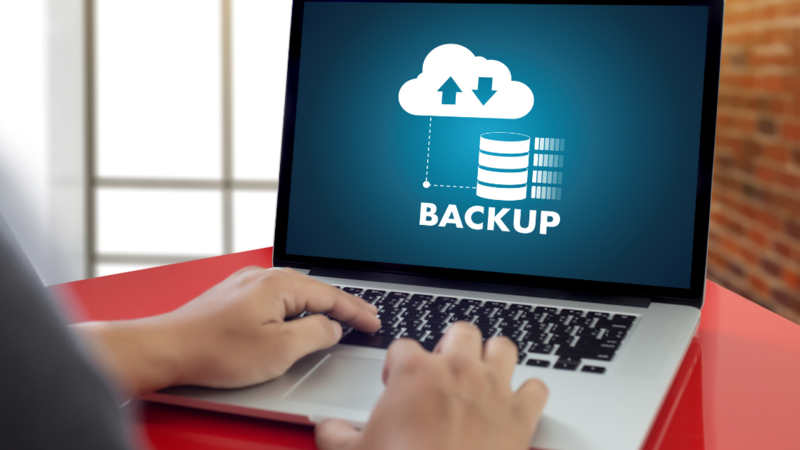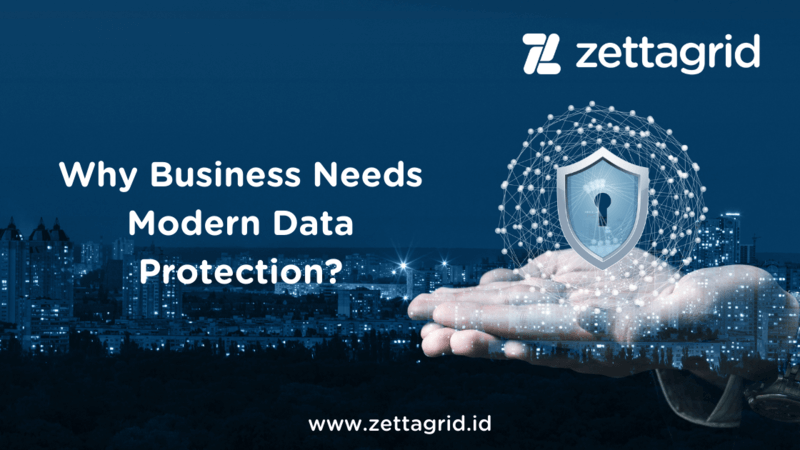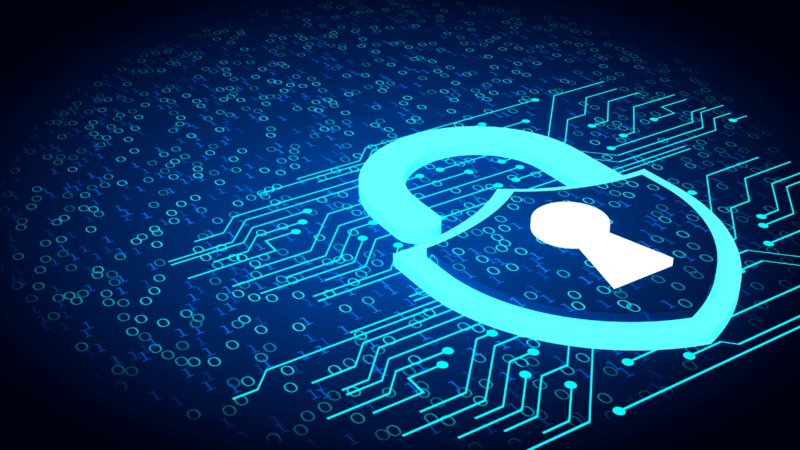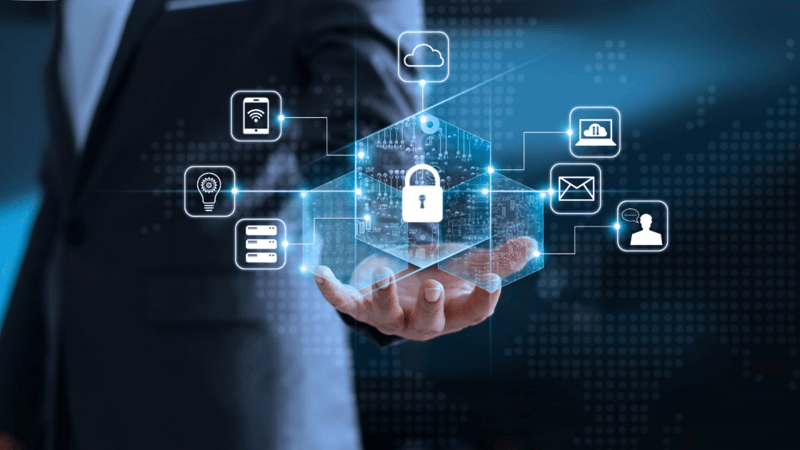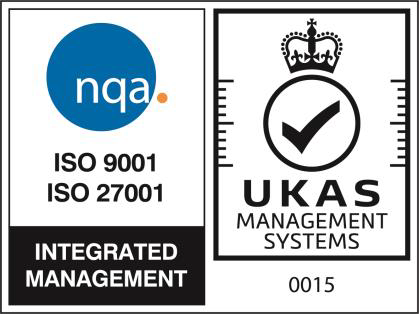Why Business Needs Disaster Recovery for SAP?
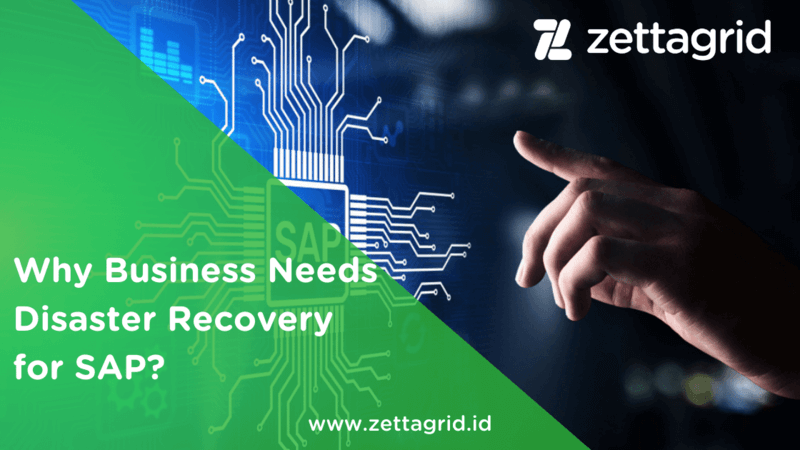
Why Business Needs Disaster Recovery for SAP?
As the digital economy expands, technology adoption like SAP becomes growing for some organizations. With its development and automation, SAP has helped organizations work seamlessly in this era. Therefore, it’s not a surprise anymore to see this technology as a worth investment for enterprise to start to digitize its business operational system.
However, adopting SAP to automate business operations does not mean it can be free from the threat. Security threats or disasters can strike the organization system, including SAP, anytime it can and cause many risks for its continuity. That’s why adopting SAP would be ideal if the organization also prepares for the solution to prevent the threats. One of them is by using Disaster Recovery.
According to discus.solutions, Disaster Recovery enables organizations to take preventive measures to ensure the business continues to function uninterrupted despite facing a disaster situation. By minimizing the effects of a jolt and recover any lost assets, Disaster Recovery can be a key component for Business Continuity plan. Not only that, having a Disaster Recovery plan for SAP will also prevent business from some risks. Curious to know what is the risk? Read them below here:
1. Prevent Loss That Caused by Failed SAP Application
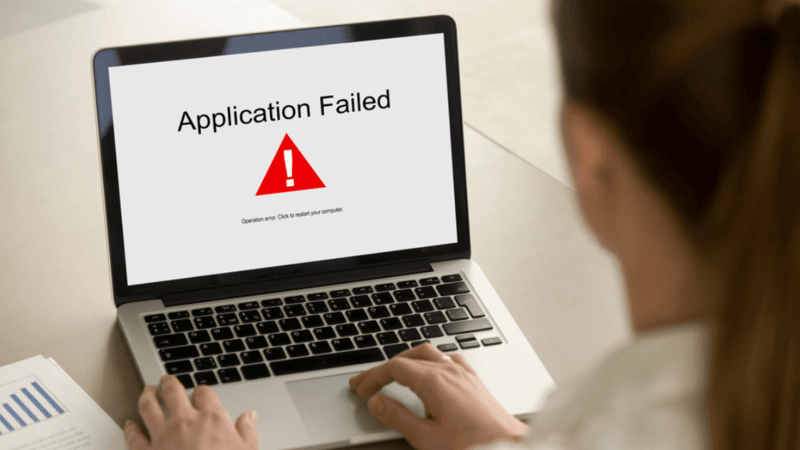
(Source: fizkes from shutterstock)
Implementing SAP system that is a perfect fit for your business is never a spontaneous decision, considering it has a massive investment. That’s why for some business, choosing SAP takes plan, strategies, and considerations to become successful. But for some, SAP projects that lack of a sound strategic plan have led to epic disasters like SAP application failure.
That’s why having a Disaster Recovery for SAP is important for business. By implementing it, business can save financial costs of SAP application failure per hour. Not only that, but Disaster Recovery can also recover the SAP systems that were impacted by the failure. Thus, business operational system still can be run without having an extended downtime.
2. Minimize the Risk of Downtime

(Source: 3d imagination from shutterstock)
Disasters, or even failures, are common things that can occur and cause downtime to business. Moreover, these can lead to huge losses in man-hours within and outside of the organization. That’s why before it strikes, business needs to consider the solution for its system, especially for its SAP application.
Create a strategy with Disaster Recovery can be an option to prevent its manifold effects. By having a second-site that places and recovers system including SAP, a business can save and minimize the risks of downtime. That’s why organizations need to think twice about a solution like Disaster Recovery for SAP to save its business continuity.
3. Save Business Reputation

(Source: Jirsak from shutterstock)
Experiencing a downtime to business can impact everything, whether it can be revenue loss or the worse, business can lose its reputation and trust from its customer that is caused by the down business operations and services.
That’s why Disaster Recovery for SAP is critical for business. By saving time from extended downtime, Disaster Recovery solutions enable business to maintain and save its reputation before it gets worse. Thus, business still can save trust, whether from suppliers or customers.
Those are the three reasons why you need Disaster Recovery for SAP. If you have any questions related to our Disaster Recovery solutions, you can contact us here or through sales@zettagrid.id.

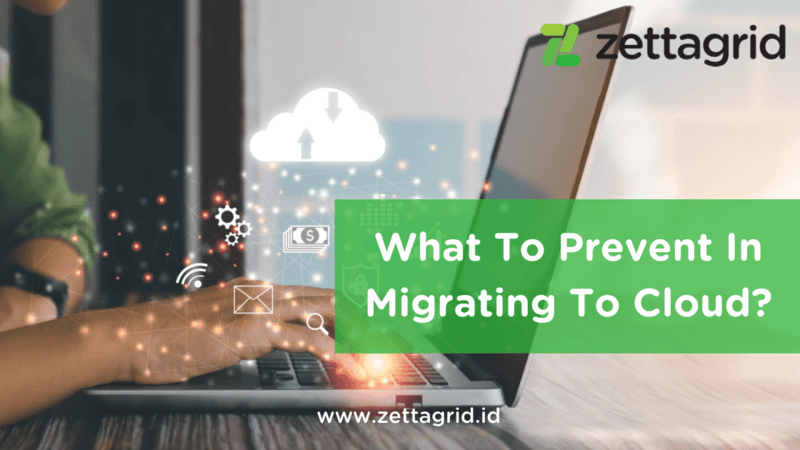 What To Prevent In Migrating To Cloud?
What To Prevent In Migrating To Cloud? 


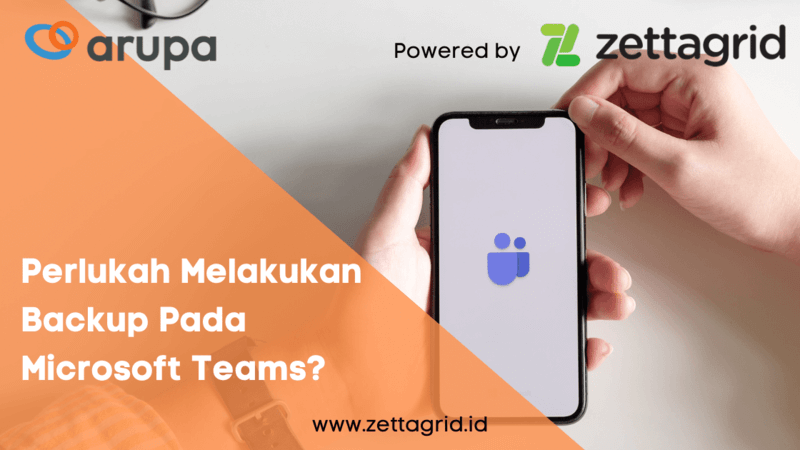 Perlukah Melakukan Backup Pada Microsoft Teams?
Perlukah Melakukan Backup Pada Microsoft Teams?



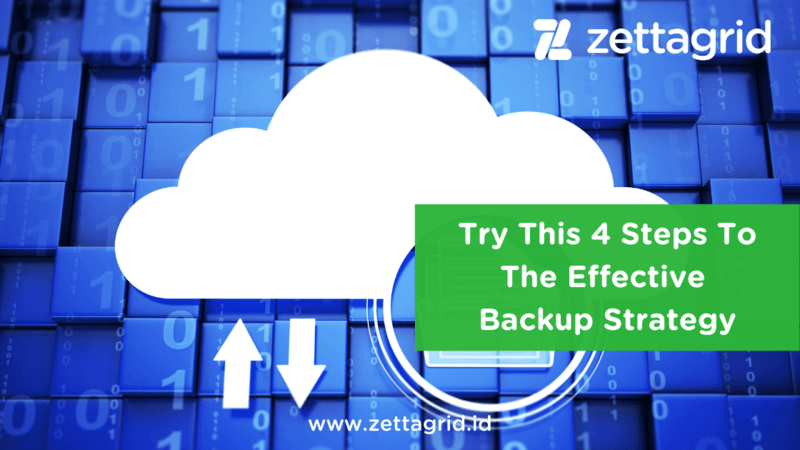 Try This 4 Steps To The Effective Backup Strategy
Try This 4 Steps To The Effective Backup Strategy
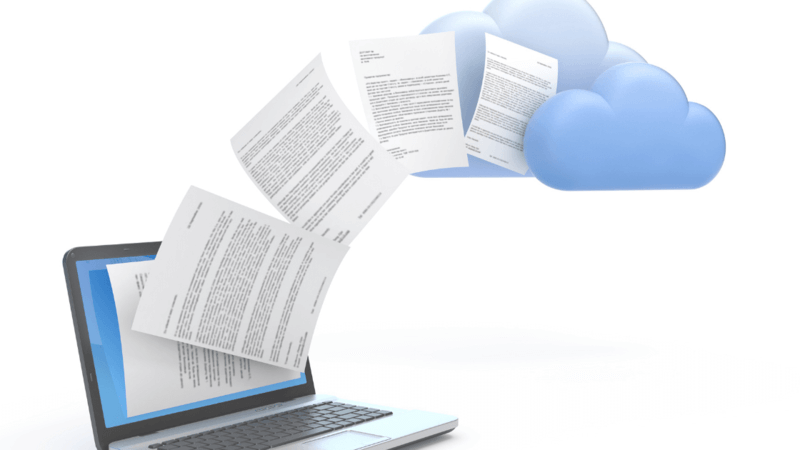
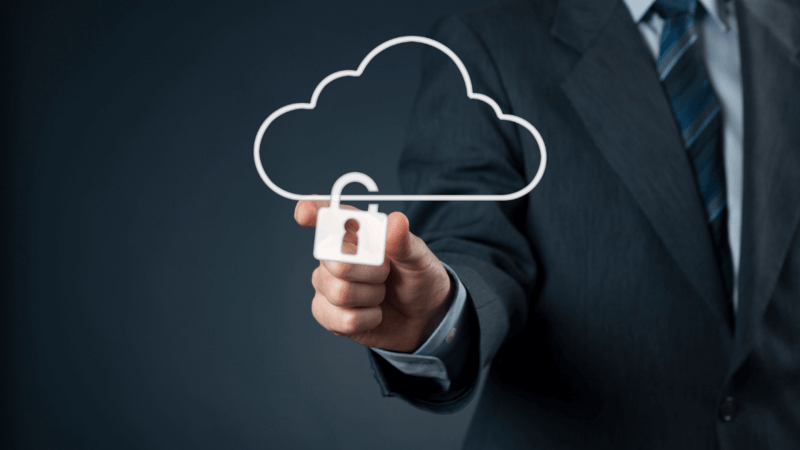
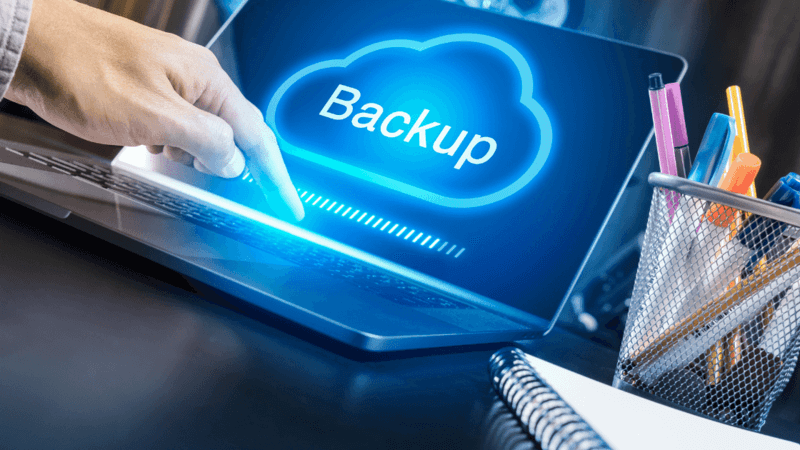
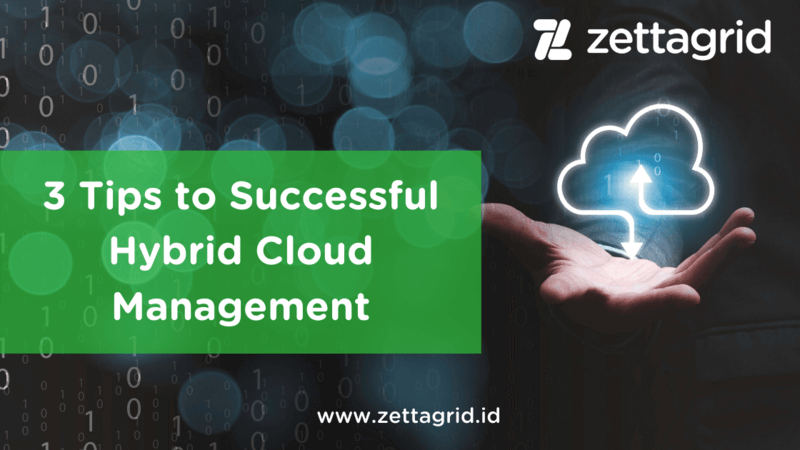

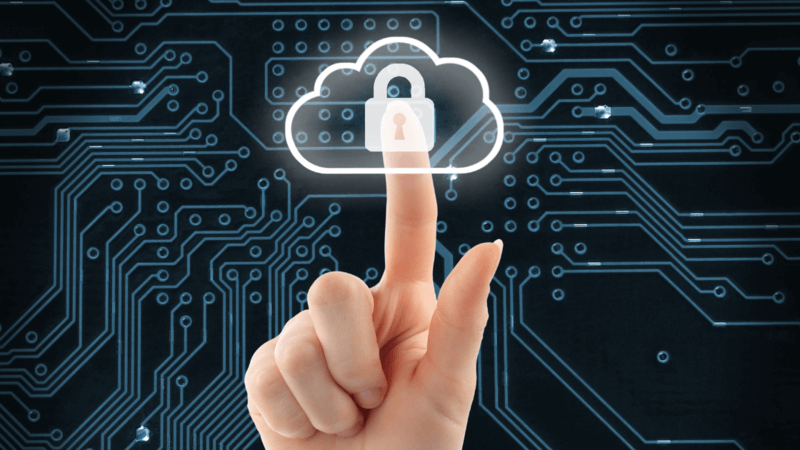


 Backup Data Microsoft 365 Bisnis dengan Arupa Backup 365
Backup Data Microsoft 365 Bisnis dengan Arupa Backup 365




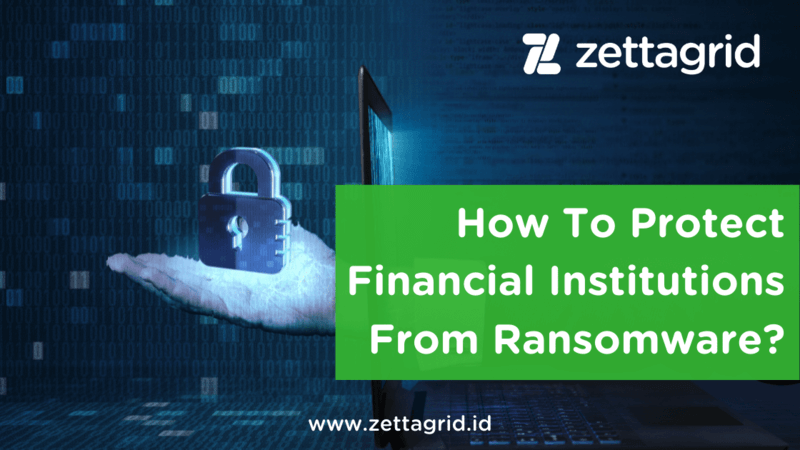 How To Protect Financial Institutions From Ransomware?
How To Protect Financial Institutions From Ransomware?
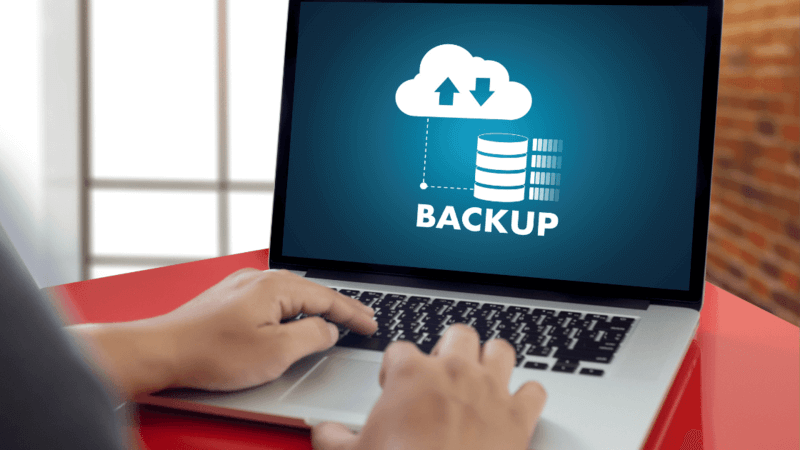
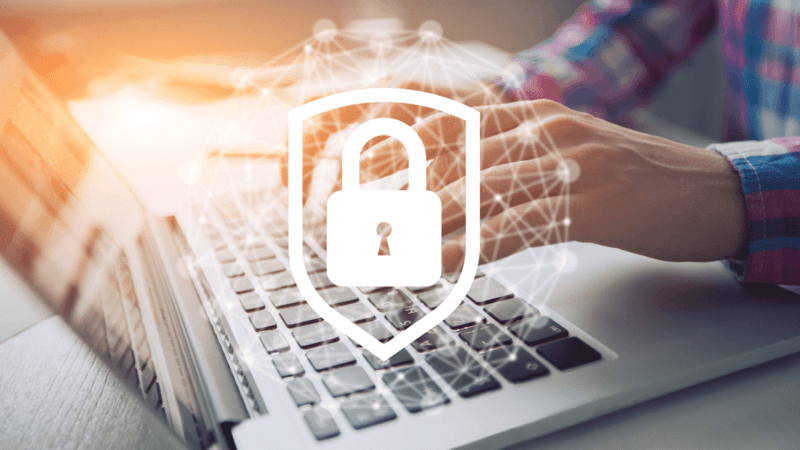
 Protect Fintech With 5 Functions of Veeam Backup
Protect Fintech With 5 Functions of Veeam Backup